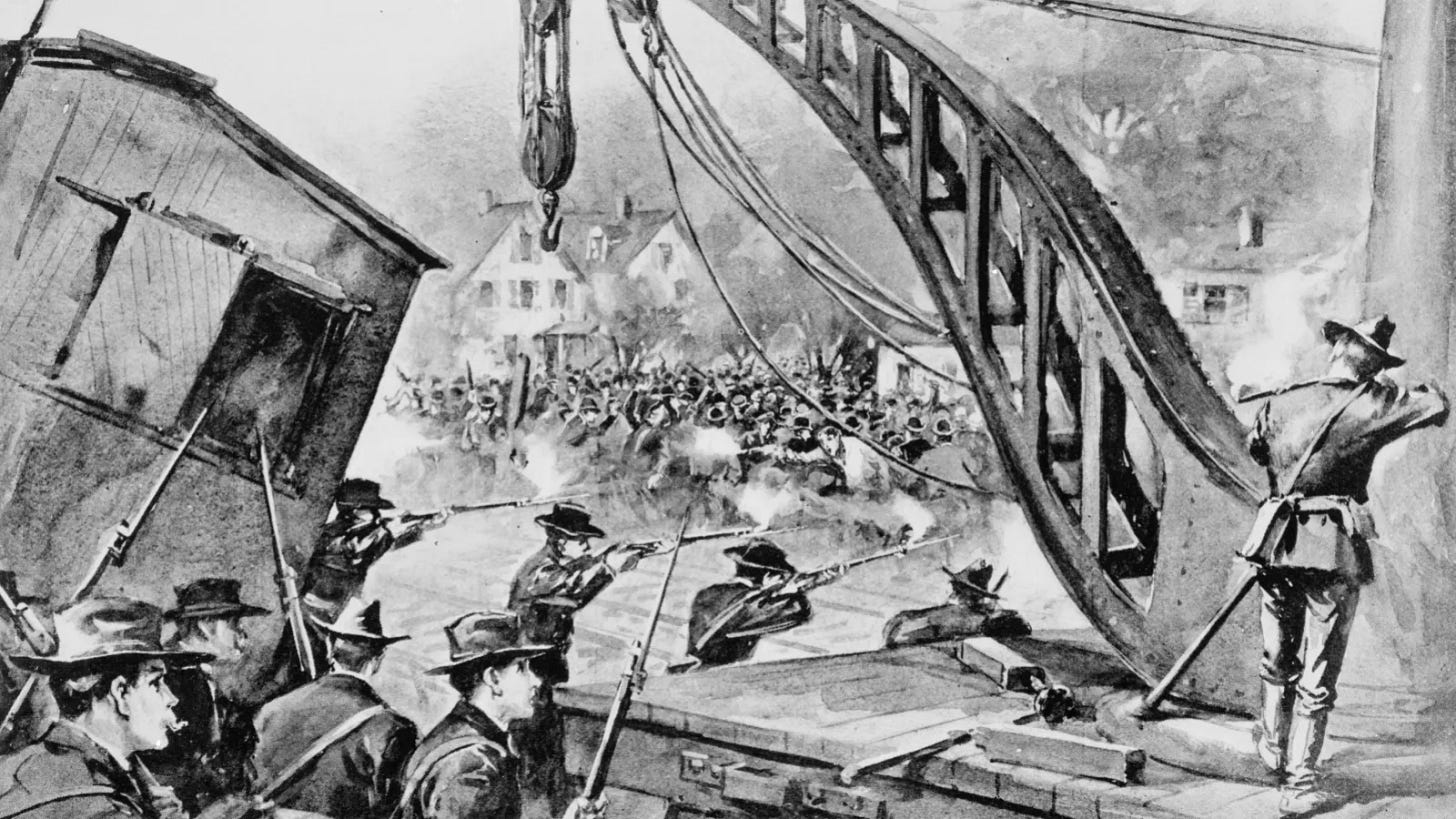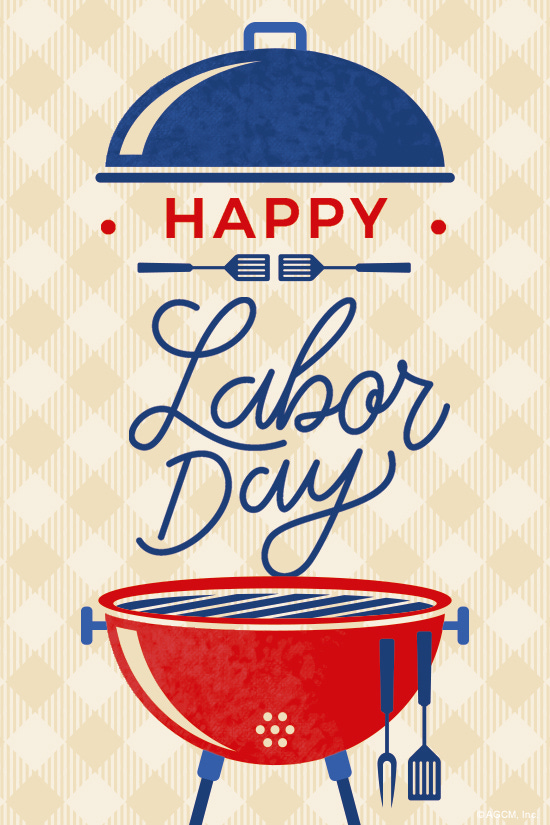Why America Moved Labor Day to September
From strikes and executions to barbecues and sales, how the U.S. buried the radical roots of May Day.
1. The violent birth of May Day
On May 1, 1886, hundreds of thousands of workers joined a national strike for the eight hour day. In Chicago, the fight turned deadly. A bomb went off during a rally at Haymarket Square. Police opened fire. Seven officers and several civilians were killed.
Authorities used the chaos to put the labor movement on trial. Eight radical organizers were convicted with little evidence. Four were executed. One killed himself in jail. The other three were later pardoned by Illinois Governor John Altgeld, who condemned the trial as unjust.
In 1889, the Second International declared May 1 an international workers’ holiday in honor of the Haymarket martyrs. That is why most of the world still marks May Day.
2. Why Washington rejected May 1
May Day in America was not a picnic. It was a show of defiance. Workers carried banners against exploitation. They called for international solidarity. The holiday was tied to socialism and anarchism.
For business leaders and politicians, that was too much. They refused to make May 1 a national holiday. Later, during the Cold War, the government turned May 1 into Loyalty Day and Law Day, stripping it of labor meaning and turning it into a patriotic event.
3. The Pullman strike and the September holiday
In 1894, the Pullman strike spread across the country. Railway workers walked off the job after wage cuts. Federal troops were sent in. Violence in Chicago left more than two dozen people dead.
Public opinion turned against the government. President Grover Cleveland needed to calm tensions. He signed a law making the first Monday in September a national holiday for labor. By that point, unions in New York and other states were already holding September parades. Congress chose a date that was rooted in local labor tradition but free from the radical politics of May Day.
4. Why September felt safe
The first September labor parade had been organized in New York City in 1882 by the Central Labor Union. By the early 1890s, more than twenty states had made September a labor holiday. The date was familiar, moderate, and acceptable to employers. It carried no memory of bombs, strikes, or anarchist speeches.
5. How memory was rewritten
Shifting the holiday did three things. It pushed May Day out of the public mind in the U.S. It cut American workers off from the international movement that still rallies on May 1. And it turned Labor Day into a celebration of work and productivity instead of a day of strikes, arrests, and funerals.
Cold War politics sealed the change. Congress officially branded May 1 as Loyalty Day and Law Day. The labor roots of the date were buried under patriotic messaging.
6. What Labor Day means now
Today, Labor Day means barbecues, back to school sales, and the end of summer. Few people know that the real workers’ holiday was born in Chicago and paid for in blood. Most Americans have never been told that May Day is their holiday too.
The rest of the world never forgot. On May 1, workers still march. They still treat it as a day to demand rights and to show solidarity across borders.
America turned its workers’ holiday into a long weekend of discounts. Maybe it is time to take it back. Not by giving up September, but by reclaiming May 1. By remembering that labor rights were not gifts from above. They were won through strikes, through confrontation, and through lives lost on American soil.




